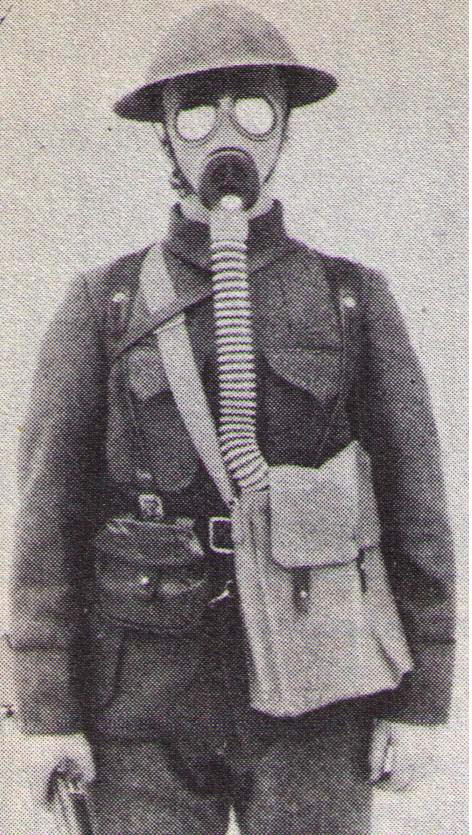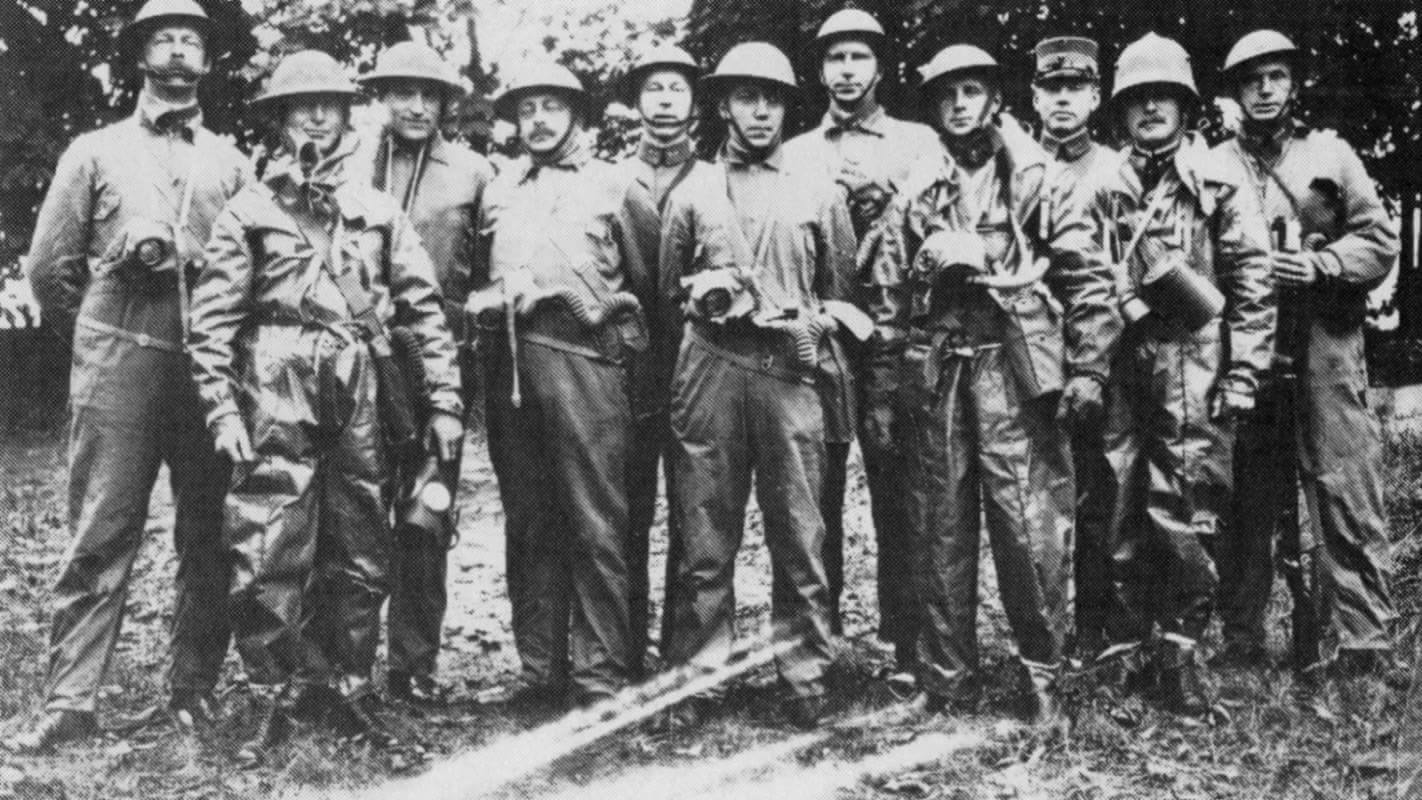This page goes over the general history of the Gas mask production at Viking rubber factory in Askim, Norway.

The first production of gas masks in Norway begins
Norway like every other country in the world, was scared and frightened by the thought of chemical warfare. Everyone had seen what these terrible weapons could do during the first world war (1914-1918). The Norwegian government wanted to protect the country against these weapons, and this eventually lead to the production of masks at the Viking rubber factory in Askim. Viking rubber factory had become a cornerstone in Norwegian industry, and had around 3000 workers at its peak. They were known for the quality of their products, and this was most likely one of the biggest reasons behind the governments decision to have Viking produce the Norwegian gas masks.
The first trials
At first, the Norwegian government tried several foreign masks to be used by the Norwegian military. Extensive testing was done, and it concluded with
The 1928 trial
In 1928, the Norwegian military tested several different models from the German company Degea. They purchased in total, 285 masks to be tested around the different parts of the military, and some to be kept in reserve. They came to a conclusion in 1929. The Norwegian government purchased the license to produce their own version of the Auer masks. The Norwegian government payed 30.000 Norwegian kroner for the license (3.488 USD) and everything else that was needed to start the production. The task to produce these masks were given to a rubber factory in Askim named "Viking Rubber Factory". Askim is a town and a municipality in the county of Østfold.

Production begins
In the early 30s the production of the first gas mask began at Viking rubber factory. The M-30 was the first model to leave the factory. This was a simple mask and used a small filter directly connected to the mask. The mask was made out of a rubberized fabric with two round eyepieces. The M-30 was manufactured in small numbers, so the mask was only issued to a small number of units. The mask was issued to some Military units and some police units received the mask as well.
Viking then proceeded to create a new model designated M-34. This mask was very similar to the M-30. It used the same eyepieces and same material, but a new type of filter tread. With the new filter tread, the filter now pointed down and made using the mask easier. The M-34 was issued to Military and Civil defence and in some cases it has been seen in the hands of civilians.

The first civilian gas mask - M-39
The first proper civilian gas made the Viking rubber factory was the M-39 model. This model was also called "Folkemaska" which means "Peoples mask". This mask was the first mask made specifically to the civilian population of Norway. The M-39 was quite similar to the
M-34 but instead of a rubberized fabric, the M-39 was made completely out of rubber. The M-39 was issued to the civilian population in a simple cardbox and has been seen with a simple cardboard canister. The production of the M-39 kept on going even after Norway had been invaded by Germany in 1940.
In september 1939, Viking rubber factory announced that they would be producing 50 000 gas masks for the civilian population. The article below mentions how the mask works compared to the old masks from the first world war. It also mentions that the kit will be issued with a special type of fat that would be applied to glasses so that they would not fog up while using the mask.

The final gas mask - Civil defence mask
The last mask to be produced at the Viking rubber factory is simply known as the "Civil defence mask". The designation to this mask is unknown. It is only known that this mask was produced sometime in the 50s for the Norwegian Civil defence. However shortly after, in the early 60s, Helly Hansen began their production of gas masks.

The factory lives on
Even though the gas mask production at Viking rubber factory ended at some point during the 50s, the factory kept on producing rubber products until the factory shut down in 1991.








Comentarios